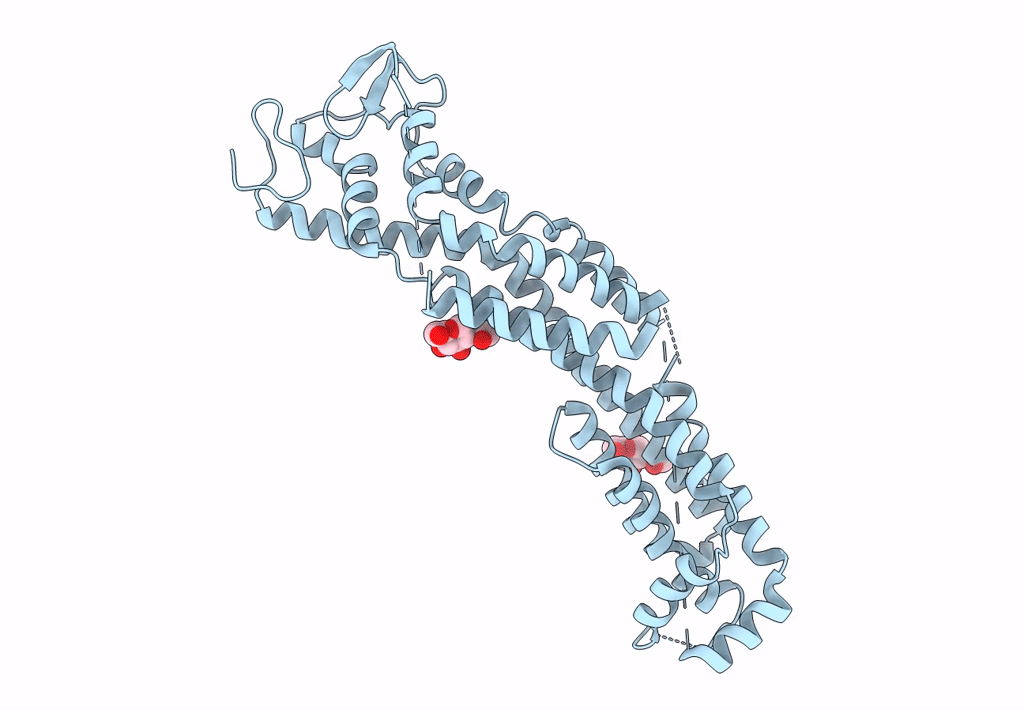
Deposition Date
2022-03-22
Release Date
2022-11-02
Last Version Date
2024-10-09
Entry Detail
PDB ID:
7ZAV
Keywords:
Title:
GPC3-Unc5D octamer structure and role in cell migration
Biological Source:
Source Organism:
Mus musculus (Taxon ID: 10090)
Host Organism:
Method Details:
Experimental Method:
Resolution:
2.90 Å
R-Value Free:
0.26
R-Value Work:
0.21
R-Value Observed:
0.22
Space Group:
P 31 2 1


